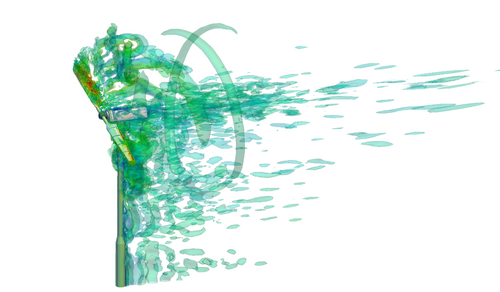| Number | 0000005017 |
|---|---|
| Type | Lecture |
| Duration | 2 SWS |
| Term | Wintersemester 2023/24 |
| Language of instruction | English |
Objectives
At the end of the module the students are able to:
- quantitatively design and partition vibrating systems
- partition dynamic problems in subsystems and combine them again to an entire system
- apply design synthesis methods for simple dynamic problems
- apply their knowledge of analysis and synthesis methods to new engineering problems
- apply analysis and synthesis methods to the concept phase of automotive design
Description
After reviewing some basics, some more advanced techniques to develop mechanical vibrating products are introduced. This includes practical examples from different application areas, including the development of automated vehicles.
The different topics are:
- Numerical treatment in the time and frequency domain
- Application issues with numerical treatment of time and frequency domain
- Partitioning procedure of vibrating systems – from Monolithic to Co-Simulation
- Decomposition technique (Dirichlet, Neumann and Robin) and numerical stability
- Communication patterns between subsystem simulations
- Stability assessment of partitioned versus monolithic treatment
- Design synthesis methods for dynamic systems and applications
- Application examples from automotive product development and the development of automated vehicles
- The contents may be adjusted due to the progress in science
Teaching and learning methods
In the lecture we foster an interactive exchange with the students to adapt the lecture content on their input. Therefore, we would like to encourage active participation of the students.
Examination
One-hour written exam at the end of the semester.
Recommended literature
- Script - Preumont, André. Vibration Control of Active Structures - Parviz, Moin. Fundamentals of Engineering Numerical Analysis
